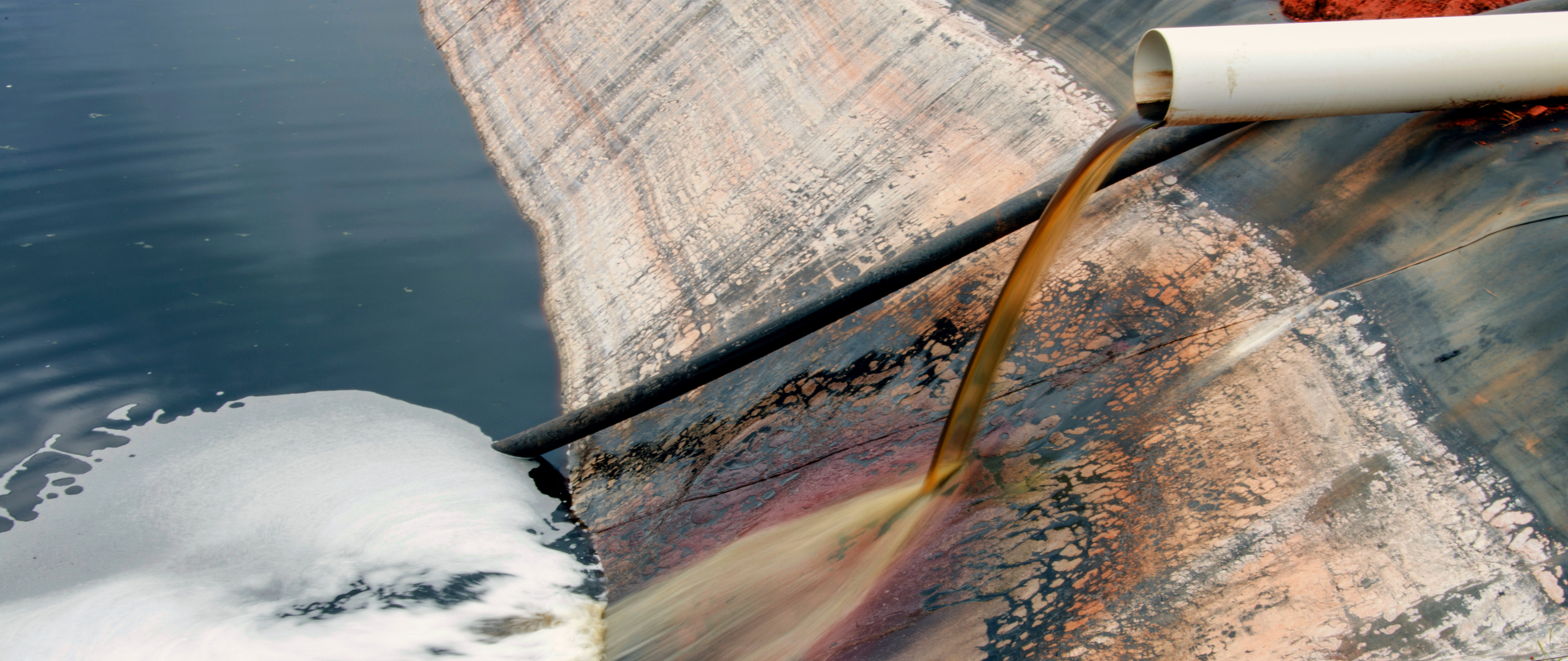- Products
- Markets & Applications
- Service & Support
- About
- News & Events
- Find a Distributor
- Contact Us
- language Select Region
Leachate is defined as any liquid that has come into contact with solid waste and has the potential to be contaminated. In addition, contaminated rainwater or other liquids can cause it to form.
But what is Leachate pumping? Simply put, it’s the process of collecting and removing leachate from an area. This is typically done using a pump, but it can also be done manually. These pumps are designed to handle the specific fluids and solids that makeup leachate, and are often made of stainless steel or other corrosion-resistant materials.
The machines are used in a variety of settings, including landfill operations, wastewater treatment plants, and industrial facilities. For each of these, leachate must be collected and removed to prevent contamination of nearby water sources.
Leachate is the liquid that drains from a landfill or other waste disposal site. So, it can be harmful to people and the environment if it is not properly managed.
It can contain a variety of pollutants, including heavy metals, organic compounds, and pathogens. If it is not treated properly, it can contaminate groundwater and surface water bodies.
People can be exposed to leachate through contact with contaminated water or soil. And inhaling vapours from leachate can also be harmful. For instance, long-term exposure to leachate can cause liver and kidney damage, as well as cancer.
Therefore, the best way to protect people and the environment from the effects of leachate is to prevent it from being generated in the first place. However, if leachate is produced, it must be collected and treated before it is released into the environment.

There are many different methods of leachate collection, depending on the type and amount of leachate to be collected. For small amounts of leachate, a simple container such as a drum can be used. Whereas, larger amounts require a more complex system, such as a leachate pump. The most important factor in leachate collection is ensuring that it doesn’t come into contact with any surface water or groundwater. This can be achieved by using containment systems such as lined pits or trenches.
Condensate is water that has been condensed from a gas. Both leachate and condensate can be found in landfills, and both need to be pumped out of the landfill in order to prevent contamination of the surrounding environment.
The most popular type of pump which is used for this is the submersible pump. These are designed to operate underwater, so they are perfect for pumping liquids that may be contaminated.
Another type of pump that can be used is the centrifugal pump. They work by using centrifugal force to move liquids through them. They’re typically used for larger volumes of liquid, but can also be used for smaller volumes if necessary.
No matter what type of pump you use, it’s important to make sure that it is properly sized for the job at hand. If you use a pump that’s too small, it will not be able to handle the volume of liquid you need to pump out. And if you use a pump that’s too large, it will consume more energy than necessary and could cause damage to the landfill itself.
There are several methods of leachate and condensate treatment, including:
The most appropriate method of treatment will depend on the type and concentration of contaminants present.
Assuming that you are using a pump to remove leachate from a landfill:
Dispose of the leachate according to your local solid waste management
As rain and ground water wash through landfills, the levels of leachate and condensate build within the landfill. These toxic liquids are harmful and will damage the environment if they are allowed to overflow and breach the landfill containment system. By collecting the liquids, they can be transported for treatment before being released back into the ecosystem.
Landfill liquids like leachate and condensate are powerful pollutants. By managing the liquids on site, the landfill can save operational costs and avoid damage to the environment - which carries costly regulatory fines.
Contact QED to help design a leachate and condensate monitoring and pumping system. A properly designed system will control the liquid levels within the landfill, keeping it in compliance and improving landfill gas production.
As rain and ground water wash through landfills, the levels of leachate and condensate build within the landfill. These toxic liquids are harmful and will damage the environment if they are allowed to overflow and breach the landfill containment system. By collecting the liquids, they can be transported for treatment before being released back into the ecosystem.
Landfill liquids like leachate and condensate are powerful pollutants. By managing the liquids on site, the landfill can save operational costs and avoid damage to the environment - which carries costly regulatory fines.
Contact QED to help design a leachate and condensate monitoring and pumping system. A properly designed system will control the liquid levels within the landfill, keeping it in compliance and improving landfill gas production.